Lobbying and Advocacy

Every trainer is an advocate. Advocacy means supporting and defending a cause you believe in. Although the term “advocate” is often used to refer to a paid legal representative, it also refers to someone who argues for a cause or course of action. In a Non-formal perspective, the trainer is an advocate that understands the issue and finds the right way (create a program, facilitate) to promote it/to teach the participants.
Advocacy is taking action in problem-solving processes, while lobbying is influencing on behalf of the interests of either side.
Whether you act as a group or as an individual, lobbying is helping the process of forming (youth) policies, or their implementation in practice.
In direct translation, it means to influence the influencers. In our case it means, the trainer can be lobbying between two groups, between two participants or he can be lobbying elsewhere for the needs of the participants. There are different situations where a trainer becomes a lobbyist and it is crucial to recognize this role.
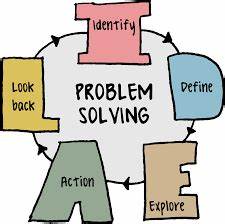
Description:
Advocacy is supporting and enabling people to express their views and concerns; Access information and services; Defend and promote their rights and responsibilities.
Can a Trainer be a lobbyist? Or he can just influence the decision making of the participants? Those are some of the questions we often ask ourselves. Should we be included in the process of lobbying or should we just stay aside? Either way, we have to give the needed information and provide certain directions for the decision-making process to take place. This is not always easy, but is necessary.
Lobbying means urging the decision-makers to take a specific action. A trainer as a lobbyist has to work on building relationships that allow access to the decision-makers and to determine how much pressure or acknowledgment of agreement must be communicated to the rest.
Youth Engagement Happens through Lobbying and Advocacy
Acting alone or as a group, the young people are often in constant disengagement with our community. We, as trainers, have to act as soon as possible, as much as we can and be as active as we can be. There are a few ways we can help young people to get and develop the right amount of knowledge, empathy, and understanding.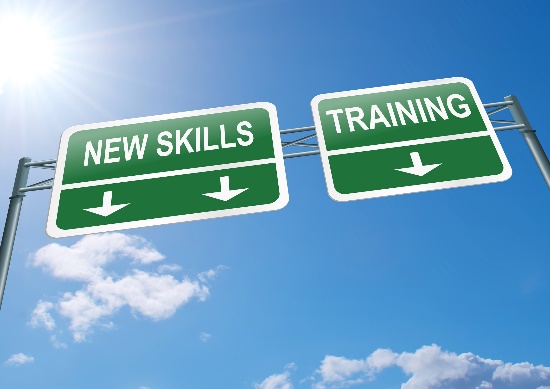
Education — Learning about social justice, empowerment, equity and other topics can form an important knowledge base for young people as advocates. Identifying the skills, they can use, can lead to education about them, such as: advocacy techniques, communication methods, problem-solving and other tactics necessary for social change. All of this can happen with our help, through different training, supports, partnerships, networking or through youth-led programs and activities.
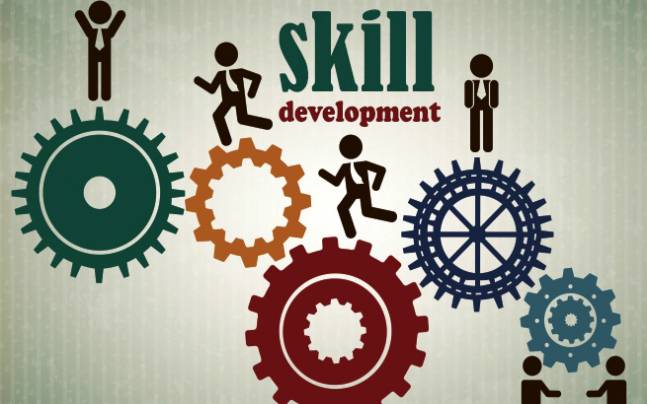
Communication Devices — Having an active training program and teaching how to use social media, texting and other communication devices as tools for advocacy can empower participants to create large-scale social transformation. Access to these tools can be vital to lifting, sustaining, and scaling down youth advocacy.

Organizational Support — Youth as advocates do not have to have any organization behind them to substantiate their efforts and actions. But, we need them to give the right advice and directions when promoting young policies. However, this tool can be important for moving processes forward, interpreting systems and structures that are the targets of transformation, and more.
By these steps, we are moving to the next level of the processes od advocacy
– Identifying a problem – sometimes participants may not be able to identify a certain problem, or they can cause a problem without any reason, so we have to give them the problem-solving direction without taking sides.
– Coming up with a solution to that problem – or structuring the problem means to get a deeper understanding of the problem. Firstly, the facts need to be checked and many questions have to be asked.
– Establishing strong internal and external support for that solution – This is a critical step that is usually missing. Interests are needs that you want to be satisfied with any given solution.
We often ignore our true interests as we become attached to one solution. The best solution is the one that satisfies everyone’s interests. This is the time for active listening.
– Implementing an effective plan – The plan usually is the balance. Writing it down will help think through all the details and implications. If there’s enough time, brainstorming may help. Effective problem solving does take some time and attention more of the latter than the former.
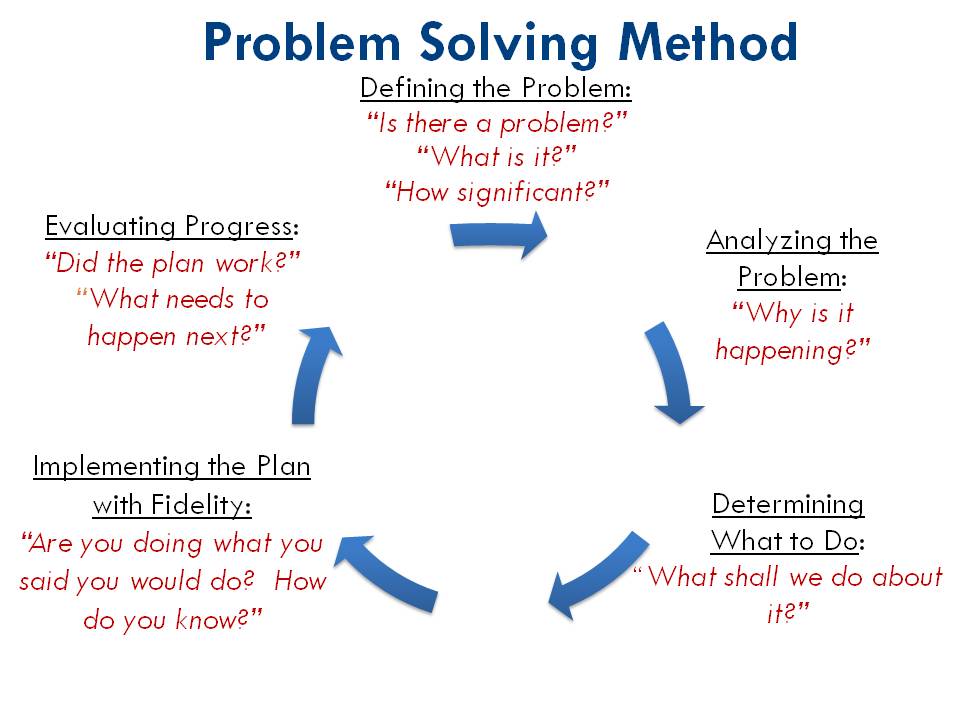
Tools for Youth Engagement through Lobbying
Education — Learning about different programs and/or educational systems that affect their lives in countless ways, can be an empowering, engaging thing for young people. Before they can take an active part, the young people can learn about their opinions, share their concerns and ideas, and otherwise learn to transform youth policies.
Inspiration — with stories of social change becoming viral on the internet, the young people can get inspiration and motivation to take action. Inspiring stories can come from someone youth can relate to on a different level, including age, gender, socio-economics, education etc., as well as people from different perspectives and identities.
Mentors — The trainers are an educational tool themselves. They are leading and mentoring, and building the ability of young people to lobby for themselves while helping others and ensuring sustainable support for the issues they care about.
There are different types and methods of lobbying, but the most common types are direct and indirect lobbying.
The indirect lobbying means that communication is not with the decision-makers, but all the relevant sides that are connecting us with the decision-makers. This also means that the result should be listed indirectly as well.
Direct lobbying is when we are facing the decision-maker, whether that is an individual, a group or an influencer on a higher level than us. Before the direct lobbying is made, we need to make research about the decision-maker and the issue we are lobbying for.

Lobbying itself has a lot of challenges. As a trainer, we tend to give this role to the participants, but we need to have the right information and the right advice for them. This solution is best made when there are given certain roles to each participant. In this case, we can use “tokenism” (see Hart’s ladder of youth participation) where we are including marginalized individuals to take part in the lobbying.
Before stepping into the lobbying process, we need to be careful. We need to know the issue, the decision-maker and the involved sides. Also, we need to follow all the actions that will be taken afterward.
Difference Between Lobbying and Advocacy
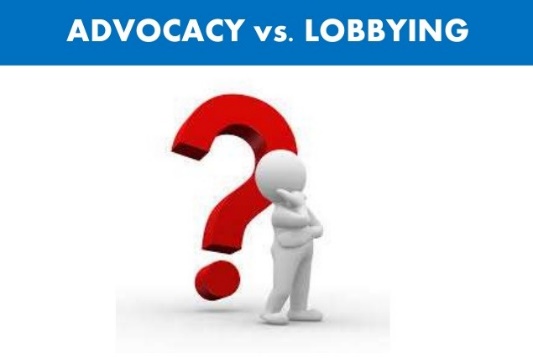
Advocacy and lobbying are two very good ways for people, communities, and organizations to make their voices heard by those who matter. These also happen to be ways that are used by nonprofit organizations, to show to the authorities how communities are impacted positively or negatively by their policies. Advocacy and lobbying are very similar, so much that often people make the mistake of using these words interchangeably. However, the fact remains that there are differences between lobbying and advocacy and those differences will be highlighted in this article.
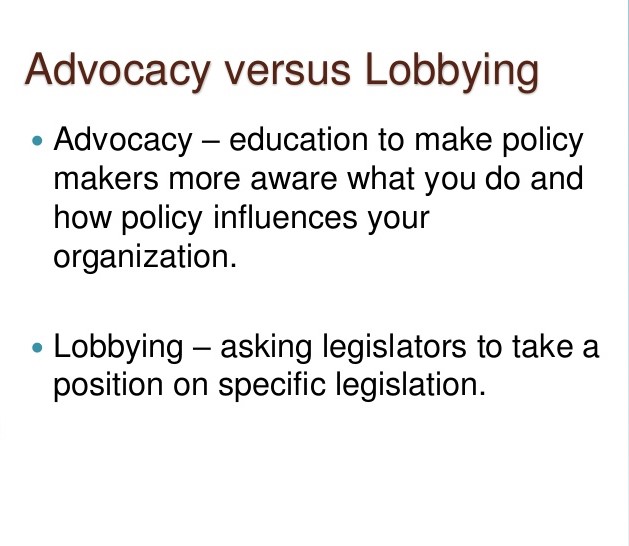
Advocacy
In a democratic setup, there are always pressure groups that are also known as advocacy groups. These groups continuously work to influence the public opinion, as well as lawmakers. These groups come in different shapes and sizes ranging from a single man’s voice to a large organization. There are also differences in their motives when some advocacy groups are working to change the socio-political equation, while others have small, petty motives to further their own interests.
There are many different ways in which pressure groups act or behave. They may simply question a particular law or policy of the government, take part in a discussion to set an agenda rolling, challenge a political system saying it is inadequate, give a clarion call for change, and so on. All advocacy groups try to influence the opinion of the government of the day. An important point to note is that a pressure group is no longer active when its members are now the decision-makers. Some good examples of advocacy groups are associations of professionals, trade unions, caste affiliations, associations of consumers, and so on.
Lobbying
Lobbying is attempting to influence the opinion of lawmakers. This is a brazen attempt to get changes in legislation made by creating pressure on the officers inside the government. Lobbying is mostly done by organizations and big corporations, although lobbying can be done by a pressure group in the constituency of a legislator too.
Lobbying is specifically aimed at changing the opinions of legislators in favor of a particular law. It could be direct lobbying where the legislators are contacted directly, or it could be grassroots lobbying where the public opinions are brought to work upon the minds of legislators.
What is the difference between Lobbying and Advocacy?
- Advocacy is a broader term while lobbying is a type of advocacy.
- Lobbying is, in fact, advocacy that attempts to influence the opinions of the legislators or those who are in the government.
- Demonstrations, sit-ins, marches, rallies, etc. are forms of advocacy in support of the demands of diverse groups.
- We often hear about the strong gun lobby, tobacco lobby, and alcohol lobby working all the time to have laws made in their favor.
- While the goals of advocacy may be similar to those of lobbying, the methods employed by the two groups are different.
Why did I choose this tool?
Being a trainer is not a black-and-white position. Every training is unique. In almost every training there is an issue that has to be solved or a difficult question to be answered. Working on different processes cannot include the same exercise. Sometimes you have to step back or to return to previous experiences and always have in mind the interests of the participants. The more difficult and important the problem is, the more helpful and necessary it is to use a disciplined process. A problem solver is not an easy task, but with every opportunity to solve them, we are becoming better trainers and a better person in general.
One of the most important goals for the trainer is to have good communication skills to transfer the message with good narration and by using the right tool. Usually, we have most of the needed data, researches and experience. We just need to box that up and support the participants by giving them the information they need. When we are leading by lobbying we are giving our story, our effort, and our experience, so the participants can closely feel our vision and easily take the right step.
Suggested Reflection Questions:
Is there a way to “bundle” a number of options together for a more satisfactory participants?
What is the easiest (yet effective way) to solve the problem?
Do we always need to have a solution for every problem?
Do you know all the involved sides?
What is the common experience that shares both/all sides?
What are the key elements of the story?




